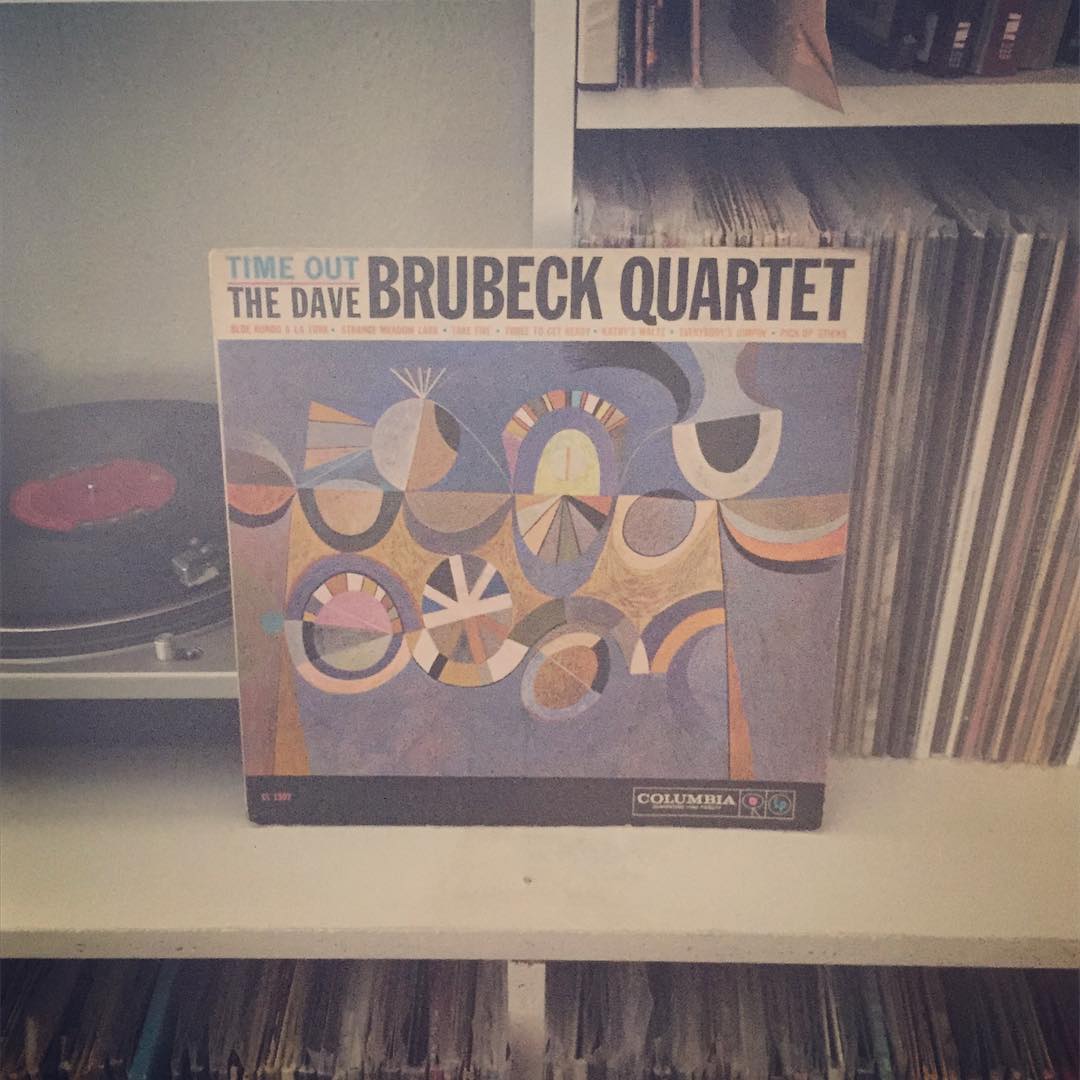
1959 was an incredible year for jazz.
Charles Mingus released Mingus Ah Um, John Coltrane released Giant Steps, Ornette Coleman released The Shape of Jazz to Come, and Miles Davis released Kind of Blue, which is perhaps the single most famous jazz record of all time (Coltrane was on that, too).
The year was so phenomenal that according to legend, Time Out was largely overlooked upon its release.
In fact, many initial reviews were quite negative. It was labeled esoteric, needlessly experimental, and a challenging listen. But that early negativity is a mark of how revolutionary this album was.
Because before Time Out, jazz didn’t bother itself much with odd time signatures. Most jazz cats stuck to a heavily swung 4/4. The Dave Brubeck Quartet plays in 4/4 as rarely as most outfits played outside of it.
“Blu Ronda Turk” opens the record, flitting along an oddly-counted 9/8 signature. Brubeck and saxophonist Paul Desmond trade lead lines, occasionally sounding like a baroque band of minstrels. “Three to Get Ready” starts out as a rather traditional waltz, which isn’t too uncommon in jazz. But halfway through, the three-counts double, and the song takes on a more aggressive, ominous mood.
The standout, however, is the eternal “Take Five.” This is far and away the group’s best-known hit, and for good reason. Even nearly sixty years later, “Take Five” sounds fresh and inventive. It’s carried by Brubeck’s asymmetrical piano riff and an incredible performance from the rhythm section. According to Desmond, that was the point: “It was never supposed to be a hit. It was supposed to be a Joe Morello drum solo,” he said.
And it might as well have been. An album that spends its entire running time exploring odd time signatures better have a strong rhythm section. And Joe Morello and bassist Eugene Wright are up for the task. Even though the music is based on irregular meters, it rarely feels odd. Instead, every moment feels just as natural as a straight 4/4. That is entirely thanks to Morello and Wright, who keep pace with Brubeck and Desmond as they flit their way through odd rhythms.
While it may have escaped acclaim upon its release, there’s no denying now that Time Out is nearly as influential as the other great jazz records of 1959. Because while odd times may have been rare in jazz in 1959, that is not true of the years that followed. And that’s thanks to the Dave Brubeck Quintet.